
Water self-purification achieved via electron donation: Novel catalyst enables sustainable wastewater treatment (27/01/2024)
Emerging
contaminants (ECs) in natural water bodies, including endocrine disruptors,
pharmaceuticals, and synthetic dyes, pose a grave threat to public water
safety. Current wastewater treatment technologies, while somewhat effective,
fall short of efficiently removing these contaminants due to their hydrophobic
nature and low-level concentrations.
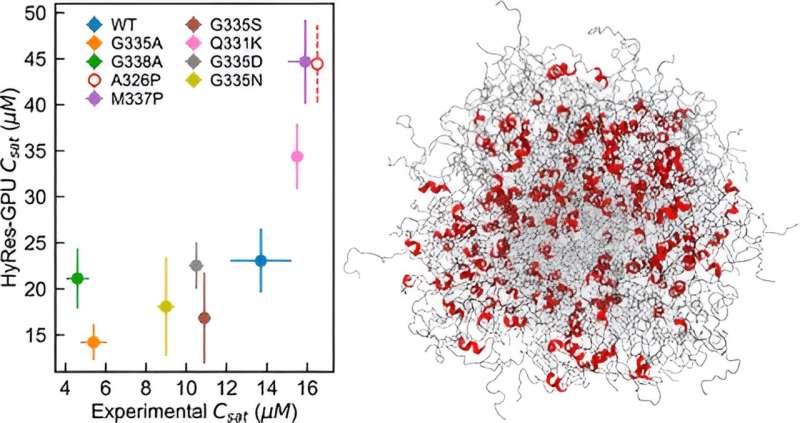
New simulation tool advances molecular modeling of biomolecular condensates (26/01/2024)
A
University of Massachusetts Amherst team has made a major advance toward
modeling and understanding how intrinsically disordered proteins (IDPs) undergo
spontaneous phase separation, an important mechanism of subcellular
organization that underlies numerous biological functions and human diseases.

Researchers find new multiphoton effect within quantum interference of light (23/01/2024)
An international team of
researchers from Leibniz University Hannover (Germany) and the University of
Strathclyde in Glasgow (United Kingdom) has disproved a previously held
assumption about the impact of multiphoton components in interference effects
of thermal fields (e.g., sunlight) and parametric single photons (generated in
non-linear crystals). The journal Physical Review Letters has
published the team's research.
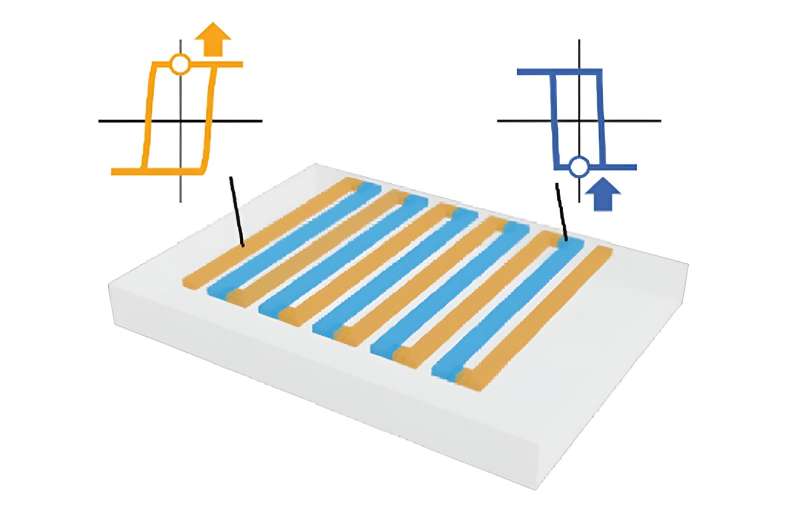
Potential use of topological magnets for magneto-thermoelectric energy conversion (23/01/2024)
In the pursuit of efficient
energy utilization, scientists are looking into thermoelectric materials that
can efficiently turn heat into electricity. One specific type, called
topological magnets, is getting a lot of attention because they exhibit the
anomalous Nernst effect. In the anomalous Nernst effect, a voltage is generated
perpendicular to both the temperature gradient and an applied magnetic field in
a ferromagnetic material.

Researchers develop high-efficiency carbon dioxide electroreduction system for reducing carbon footprint (23/01/2024)
Global warming continues to pose a threat to human society
and ecological systems, and carbon dioxide accounts for the largest proportion
of the greenhouse gases that dominate climate warming. To combat climate change and
move towards the goal of carbon neutrality, researchers from The Hong Kong
Polytechnic University (PolyU) have developed a durable, highly selective and
energy-efficient carbon dioxide (CO2) electroreduction system that can convert CO2 into ethylene for industrial purposes to provide
an effective solution for reducing CO2 emissions.
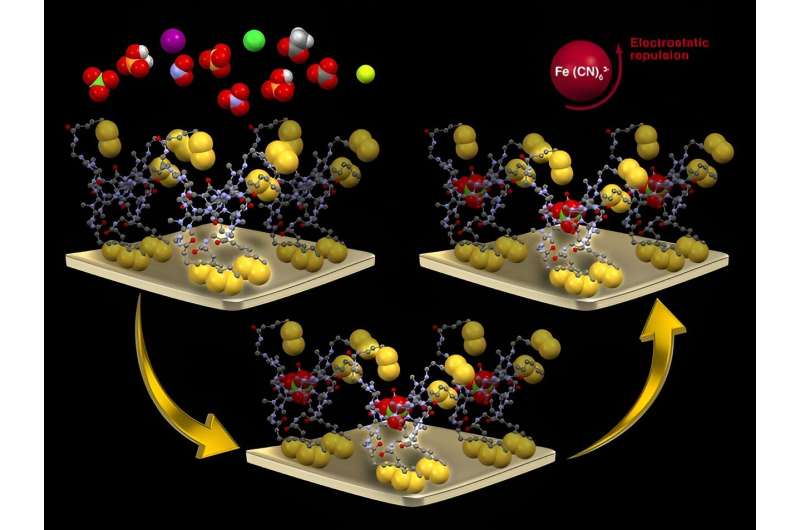
New sensor detects chemicals that impair thyroid gland (23/01/2024)
In a study conducted at the
University of Twente, Technion-Israel Institute of Technology and the Open
University of Israel, researchers have developed a novel approach to address
the environmental challenges posed by perchlorate salts, which have been
identified as persistent pollutants with potential impacts on human health.
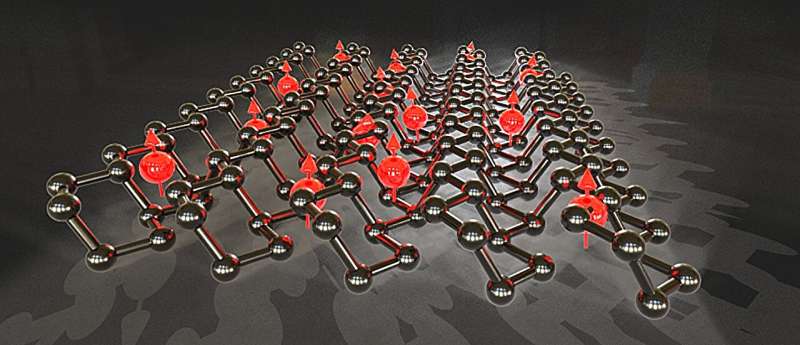
Black phosphorus propels spintronics with exceptional anisotropic spin transport (21/01/2024)
With modern electronic devices
approaching the limits of Moore's law and the ongoing challenge of power
dissipation in integrated circuit design, there is a need to explore alternative
technologies beyond traditional electronics. Spintronics represents one such
approach that could solve these issues and offer the potential for realizing
lower-power devices.
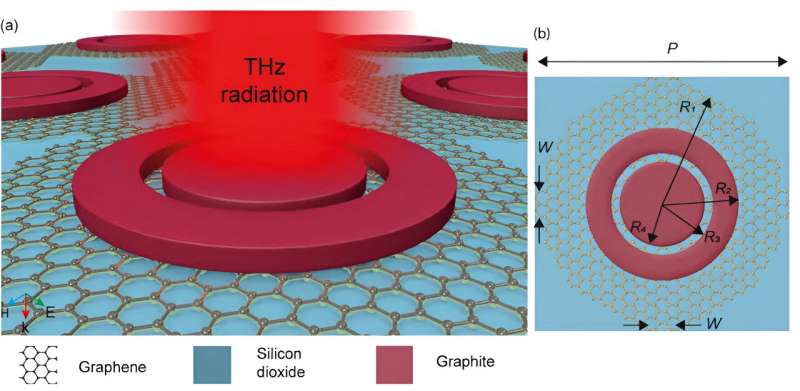
New carbon-based tunable metasurface absorber paves the way for advanced terahertz technology (21/01/2024)
Working in the terahertz (THz)
range offers unique opportunities in various applications, including biomedical
imaging, telecommunications, and advanced sensing systems. However, because of
the unique properties of electromagnetic waves in the 0.1 to 10 THz range, it
has proven difficult to develop high-performance components that showcase the
true potential of THz technology. Even the design of basic and essential
elements like filters and absorbers remains a substantial challenge.

Scientists compute with light inside hair-thin optical fiber (21/01/2024)
Scientists at Heriot-Watt
University in Edinburgh, Scotland, have found a powerful new way to program
optical circuits that are critical to the delivery of future technologies such
as unhackable communications networks and ultrafast quantum computers.
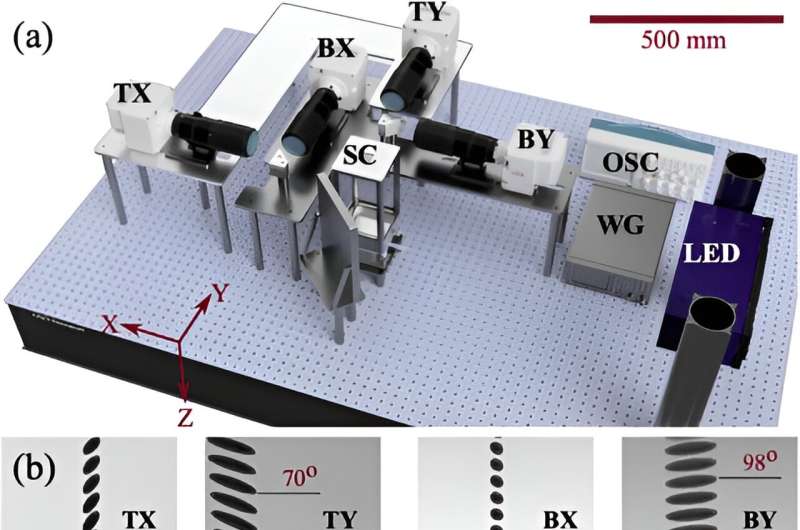
New research sheds light on how non-spherical atmospheric particles behave (21/01/2024)
The atmosphere contains many tiny
solid particles. Scientists from the Max Planck Institute for Dynamics and
Self-Organization (MPI-DS) and the University of Göttingen, in collaboration
with the Centre National de la Recherche Scientifique (CNRS) in France and the
University of Gothenburg, Sweden, now studied how such non-spherical particles
settle in the air.









